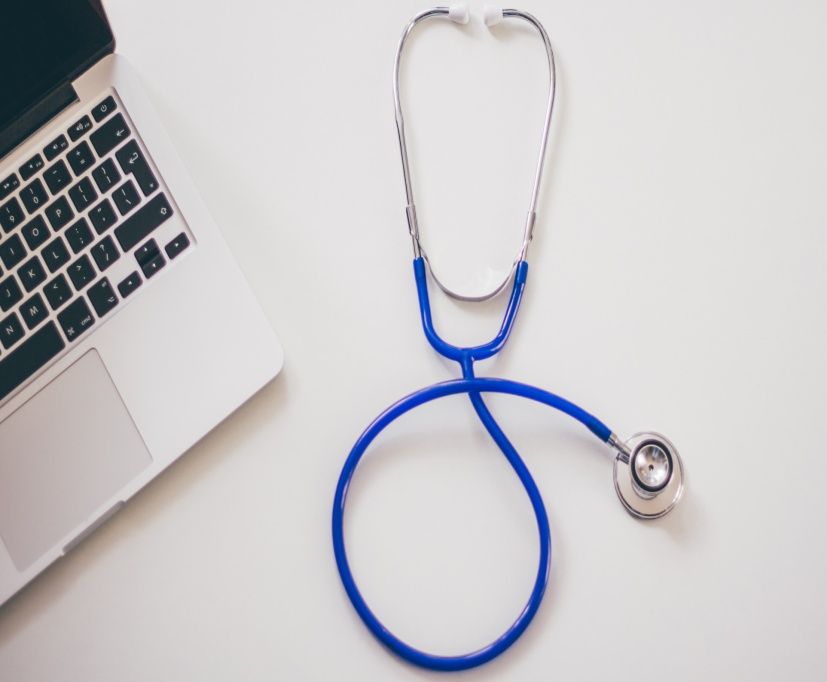The United States spends more on its healthcare system than other high-income nations. However, most Americans don’t have access to quality healthcare. In fact, only seven percent of all Americans are satisfied with the current healthcare system.
Unfortunately, the US government doesn’t provide healthcare insurance to its citizens. Instead, people have to buy health insurance through private companies.
This means that there are bankruptcy risks associated with health insurance and the steep costs of healthcare.
In this blog post, we’ll discuss tips for better and more affordable healthcare, including insurance, prescription assistance programs, and more.
Optimal Healthcare is Affordable Healthcare
Here’s a truth that most people should be aware of: don’t blindly assume that your healthcare provider is offering you optimal healthcare.
Now, what’s optimal healthcare? Not only is optimal healthcare affordable, but it’s also according to your preferences and tailored to your needs.
Therefore, you must step up to inform each medical provider about your medical history. Don’t forget to include your previous providers and what treatments you’ve had. In addition, tell your doctor about any other treatments that weren’t prescribed by a medical professional.
Similarly, share a list of all the medicines you take with your provider. This will include all medicines, vitamins, and even supplements. Also, inform them of any allergies or if you’ve ever had a bad reaction to any medicines. This method will ensure that your doctor prescribes medication or treatment according to your needs. Moreover, this will give them a complete picture of your medical history and current conditions, streamlining the treatment process and making it more cost-effective.

Be Vocal about Your Healthcare Needs
Don’t be afraid to be vocal if you’re unsure about your safety or costs of your care. Ask as many questions as you can and push for specifics. For example, ask your doctor if they have a current contract or are in-network with your insurer. This way, you’d steer clear of any surprising costs. Additionally, urge them to give specifics of any treatment they’re prescribing.
We understand that medicines are expensive. People pay more for prescription medicines in the United States than in most other high-income countries. Therefore, tell your provider if you can’t afford any of your prescription medicines. Your doctor might be able to offer you free samples of your medications. You can also ask your doctor if it’s safe for you to take generic or alternative medicines.
Get Healthcare Insurance
Healthcare insurance should be your priority if you’ve recently changed jobs, were fired or aged out of using your family’s coverage. Healthcare insurance in the US is understandably confusing, so it can be difficult to navigate. Therefore, look at all the options before you select one.
Employer-Sponsored Insurance
Most Americans get their healthcare coverage from their workplace, and you can get this coverage from your employer as a benefit.
Health Maintenance Organizations
HMOs allow you access to any doctors in your area in case of emergencies.
Individual or Family
Unlike the previous one, you have to opt and pay for this plan by accessing the Health Insurance Marketplace. The federal government or the state runs the marketplace and is available no matter what area you reside in.
Medicare
It’s a national health insurance plan made for people above the age of 65. It works differently from other insurance plans and offers different enrollment periods.
Medicaid
The state runs this program with some state and federal funding to provide health coverage to low-income families. Those covered include parents, children, pregnant women, seniors, and people with disabilities.
Remember that insurance companies always look for excuses to not pay for your medical treatment. That’s why it’s vital you use the right technical language to have your application processed.
Access Prescription Assistance Programs
Prescription Assistance Programs (PAPs) are changing the game for Americans by providing access to prescription medicines for low-income households. If you’re unable to afford prescription medicines, there’s no reason to not access any assistance programs’ funds to pay for essential medication. This is especially true for people who take more medications.
These programs are either state-sponsored or sponsored by a private hospital, as well as non-profits.
Prescription assistance is a great way for lower-income patients to access prescription drugs. One of the leading full-service prescription assistance organizations operating right now is Advocate My Meds. They offer full-service prescription assistance programs for low-income patients to access 1500 FDA-approved brand-name and generic medications.
All you have to do is ensure if you’re eligible for their prescription assistance programs or reach out to them to find out how they can help.
About The Author
The author is an economist and social worker who has served community support groups for years. They’ve written articles on US’s healthcare system and the low-income households’ access to healthcare.
They’re currently associated with “Advocate My Meds” and encourage people to opt for more affordable healthcare options.


